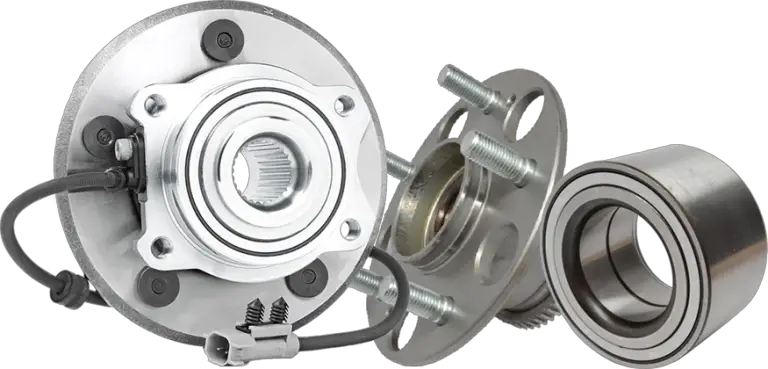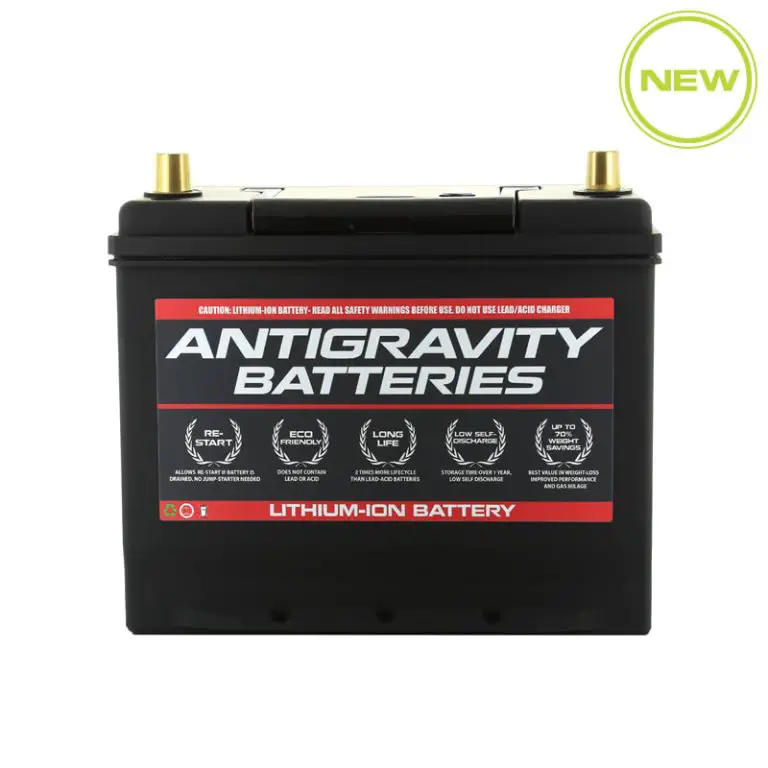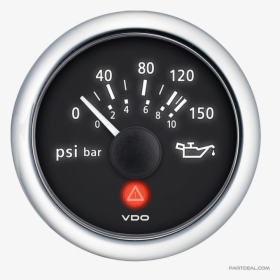How Much Palladium Is in a Catalytic Converter?
Chemicals such as nitrogen dioxide, nitric oxide, and carbon monoxide are harmful to the human body and can be harmful to the car’s exhaust system.
Toxic substances can be converted into less dangerous substances through chemical reactions inside the catalytic converters.
Is it possible that catalytic converters have such ability and are they made of something?
This article covers what you need to know about the metals that make up the catalytic converters, so you don’t have to worry about that.
There are three common metal components used in the design of catalytic converters. Today, let’s focus on Palladium (Pd), a metal that has a unique role.
Before being exposed to the environment, most harmful products such as carbon monoxide can be converted to less dangerous ones with the help of Palladium.
Do you know how much of the catalyst is contained in the catalytic converters? There are between 2 and 7 grams of Palladium in the catalytic converter on average.
There are different quantities of palladium with different types of catalytic converter models.
The amount of Palladium used in catalytic converters will depend on its role, although some are small and others are large.
Platinum and Rhodium are also rationed to fit the amount of Palladium that’s available.
There are 1 to 2 grams of Rhodium and 3 to 7 grams of Platinum in every 2 to 7 grams of Palladium.
The metal components are very valuable and that’s the main reason for the high price of catalytic converters.
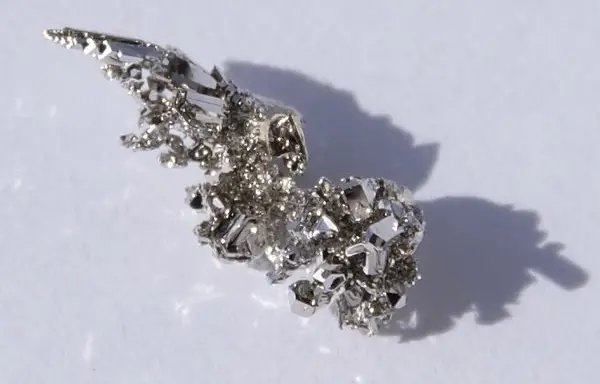
Why Use Palladium with Platinum and Rhodium in Designing Catalytic Converters?
Palladium has a high potential in improving oxidation. The rate of oxidation is increased by Platinum.
Rhodium can be used in making hydrogenation, acetic acid, and nitric acid reactions.
Reduction conditions will cause more ammonia to form when either Platinum or Palladium is combined with Rhodium.
The combination of these metals creates conditions that help in decreasing the conversion of nitric oxide under oxidizing surroundings.
Toxic pollutants cannot escape the surroundings and cause harm if Palladium, Platinum, and Rhodium are used to make catalytic converters.
More than 85% of harmful substances are converted to less harmful ones through the use of Palladium in the catalytic converters.
Toxic substances, such as nitrogen dioxide, carbon monoxide, and hydrocarbons, are converted to less poisonous pollutants, such as carbon dioxide, nitrogen, and water vapor.
The Price of Palladium
If you ever wondered why catalytic converters are expensive, it is because of the materials that are used to make them.
If the catalytic converters have more quantities of palladium, the price will increase.
Depending on the value of its material components in the market, the prices of such catalytic converters can differ.
1 gram of Palladium costs $73.75, and an ounce costs around $2,130.00 on average.
Other factors can affect the prices, although they continue to change due to market fluctuations. It is very expensive to extract Palladium from a catalytic converter.
The process in Palladium starts with expensive chemicals such as nitric acid and sulphuric acid; these chemicals don’t cost less in purchasing.
The removal process ends up in the precipitation stage after the leaching process. The precipitation process results in either yellow or dichloramine-palladium salt.
The smelting process takes place after the salty substance is reduced to metallic palladium.
Smelting metallic Palladium to metal attainment is considered to be the most expensive stage.
It takes more heat to melt the metallic palladium and get a base metal. The final product is ready for market once all of the procedures are followed.
The process of removing Palladium from other substances is expensive. Cars that use petrol are more expensive than those that do not.
The rate of petrol-featured cars being stolen is higher than that of diesel-featured cars. The most valuable things in those stolen cars are the catalytic converters.
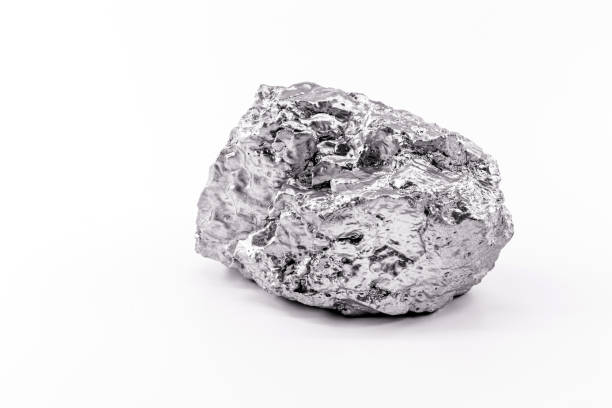
Conclusion
Today, 1 gram of palladium costs around $73.75, making it so costly that it is considered expensive.
There are between 2 and 7 grams of metal in the catalytic converter. The grams range from one to multiple car models.

Truck driver by profession, automotive lover by heart. Ricky is the main publisher and editor at Truckile.com sharing his life-long knowledge and experience in the auto industry and truck driving!



